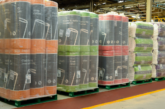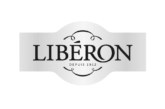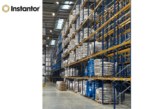
Graham Copson, Technical Manager at Klober, tells PBM why he believes that dry fixing roofing systems offer advantages over other installation methods, adding that the choice of genuinely ‘fit for purpose’ products must remain a key consideration for stockists and fitters alike.
Dry fixing products for ridge, hip and verge continue to provide the opportunity for increasing sales so it’s perhaps not surprising that, over the last four to five years in particular, a growing number of suppliers have been entering the market. The downside is that this has brought about inevitable variations in quality — something which the absence of a British Standard governing such products has effectively encouraged.
Work done over many years to improve quality is put in jeopardy by materials which aren’t fit for their long term purpose. They are a potential source of damage to the roofing industry’s reputation and risk compromising the considerable progress it has made.
This progress has been achieved by the combined efforts of many but, as the saying goes, reputation lost in an instant can take an age to regain. Roofing claims to the NHBC under its Buildmark 10-year warranty, for example, had already been at an unsustainably high level and a massive amount was being paid out each year to settle mortar-related claims.
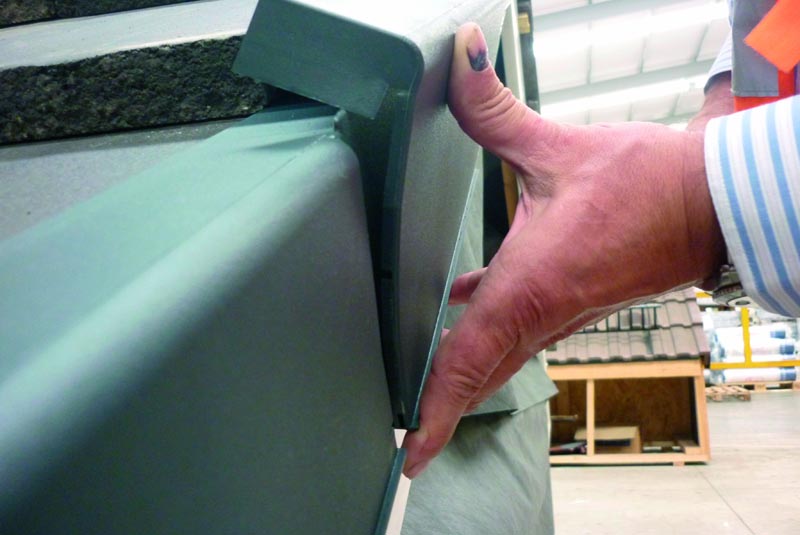 The high financial value involved was a driving factor in BS 5534 making mandatory the addition of mechanical fixing where mortar is used, though the NHBC’s earlier Technical Bulletin had pretty made pre-empted the decision.
The high financial value involved was a driving factor in BS 5534 making mandatory the addition of mechanical fixing where mortar is used, though the NHBC’s earlier Technical Bulletin had pretty made pre-empted the decision.
A British Standard governing dry fixing was only a matter of time and has been drawn up for implementation this year. It can only be hoped this will at last ensure that assurances of ‘like-for-like’ performance are supported by detailed technical evidence to support them.
Having stimulated demand for dry fixing to an all-time high, it would be ironic if greater use of poor quality products damaged its reputation and set back more widespread use. After all, dry fixing doesn’t rely on good weather conditions or any particular skill on the part of the contractor.
“A British Standard governing dry fixing was only a matter of time and has been drawn up for implementation this year. It can only be hoped this will at last ensure that assurances of ‘like-for-like’ performance are supported by detailed technical evidence to support them.”
Once installed, products are also effectively maintenance-free. Even so, despite the strength of evidence in its favour and widespread use in Scotland for many years, take up of dry fixing is still quite low in some parts of the country.
Merchants can’t be blamed for taking assurances of performance at face value as the absence of data to make fair comparison has made it difficult to determine which can be relied on. Raw materials used in their manufacture can vary greatly but how can anyone be expected to know which companies cut corners?
However, few contractors or merchants seem to appreciate the differences or even fully consider the implications of selling / using such products. After all, they aren’t aware to any great extent of how bad the problems associated with mortar has become. This is despite the fact that until BS 5534 was changed, the number of complaints associated with it was still on the increase.
Some elements can be checked with relative ease, a good example being how effectively the ridge roll used with a dry ridge or hip bonds to tiles or slates. It’s also worth asking manufacturers what they use for the adhesive backing as bonding securely to a dusty surface requires an adhesive of the highest performance. Only a butyl or similar backing (the Klober Roll-Fix ventilated dry ridge / hip uses Butylon, for instance) as it bonds immediately to provide immediate weatherproofing protection.
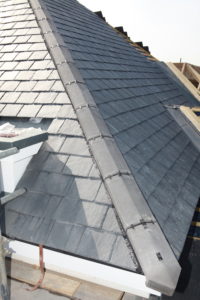 If it doesn’t bond straightaway, there is a high risk of early failure — something which the new Standard (BS 8612) has been designed to prevent. With some manufacturers providing little or no information in relation to the projected design life or testing of their products, this really can’t come too soon. Its detail will highlight features, such as required levels of durability, as the only certain way to be sure of product reliability at the moment is to use what has stood the test of time.
If it doesn’t bond straightaway, there is a high risk of early failure — something which the new Standard (BS 8612) has been designed to prevent. With some manufacturers providing little or no information in relation to the projected design life or testing of their products, this really can’t come too soon. Its detail will highlight features, such as required levels of durability, as the only certain way to be sure of product reliability at the moment is to use what has stood the test of time.
Having been among the first to introduce dry fixing products, Klober has many years of trouble-free performance behind it. However, only those who supply and those who install products on the roof can prevent problems which, ultimately, are often found to be a direct result of poor product quality.
There will always be pressure to keep costs as low as possible but when comparing products and kits, they aren’t necessarily like-for-like. They may not, for example, include all the accessories needed to fit a given length of ventilated dry ridge, so it’s worth checking whether hip trays and cro clips (for fitting small pieces of cut tile) are included.
Whatever the case, you can’t get away from the fact that the lower the cost, the bigger the chance that it has been achieved through a corresponding reduction in quality.
For more information, visit: www.klober.co.uk


